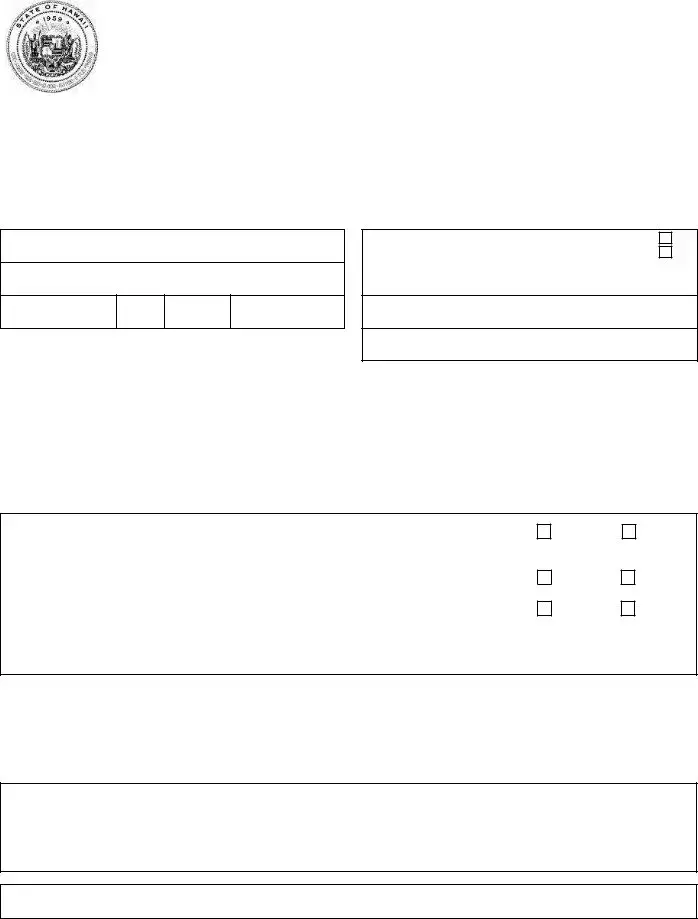What is the purpose of the Hawaii PTS Deferred Compensation Retirement Plan Enrollment Form?
The purpose of the Hawaii PTS Enrollment Form is to register part-time, temporary, and seasonal/casual employees of the State of Hawaii for the Deferred Compensation Retirement Plan. By completing this form, employees ensure their enrollment in the retirement savings plan, which allows them to set aside a portion of their earnings, before taxes, for retirement. It is essential to complete all sections accurately to prevent any delays or issues with receiving distribution checks after service separation.
How does one complete the enrollment form?
To complete the enrollment form, one must type or print in ink, filling out all required information. This includes personal identifying and employment information, beneficiary details, and any other relevant job positions within the State that might affect eligibility or contributions to the Plan. Finally, the employee must sign the form, certifying that all provided information is correct and acknowledging the conditions related to contributions and benefits.
What happens if I don't complete all sections of the form?
If all sections of the form are not completed, it may delay or prevent the processing of your retirement distributions after you separate from service. Completing the form accurately and thoroughly is crucial to ensure that you are enrolled properly in the plan and that your savings for retirement are managed according to your employment with the State of Hawaii.
Where should the completed form be sent?
Once the enrollment form is completed, it should be sent to National Benefits Services, LLC, at P.O. Box 6980, West Jordan, UT 84084. Ensure that the form is filled out completely and accurately before sending it to this address to avoid any delays in your enrollment process.
What should I do if I have other State jobs or am an ERS retiree receiving benefits?
If you are employed in another State job or are an ERS retiree collecting monthly retirement benefits, it is important to answer "Yes" to the relevant questions on the form and immediately notify your employer. This is to prevent any issues with payroll deductions relating to the PTS Deferred Compensation Retirement Plan. Proper notification helps ensure that your contributions are managed correctly without affecting your eligibility or benefits under different employment circumstances.
What auxiliary aids are available for individuals with special needs or who need effective communication?
Auxiliary aids for effective communication, such as large print or audiotape, are available as required by the Americans with Disabilities Act of 1990 for individuals with special needs. For more information or to request these aids, you can call CFP/LSW at 596-7006. If you are calling from the neighbor islands, there is a toll-free option available at 1-800-600-7167.
